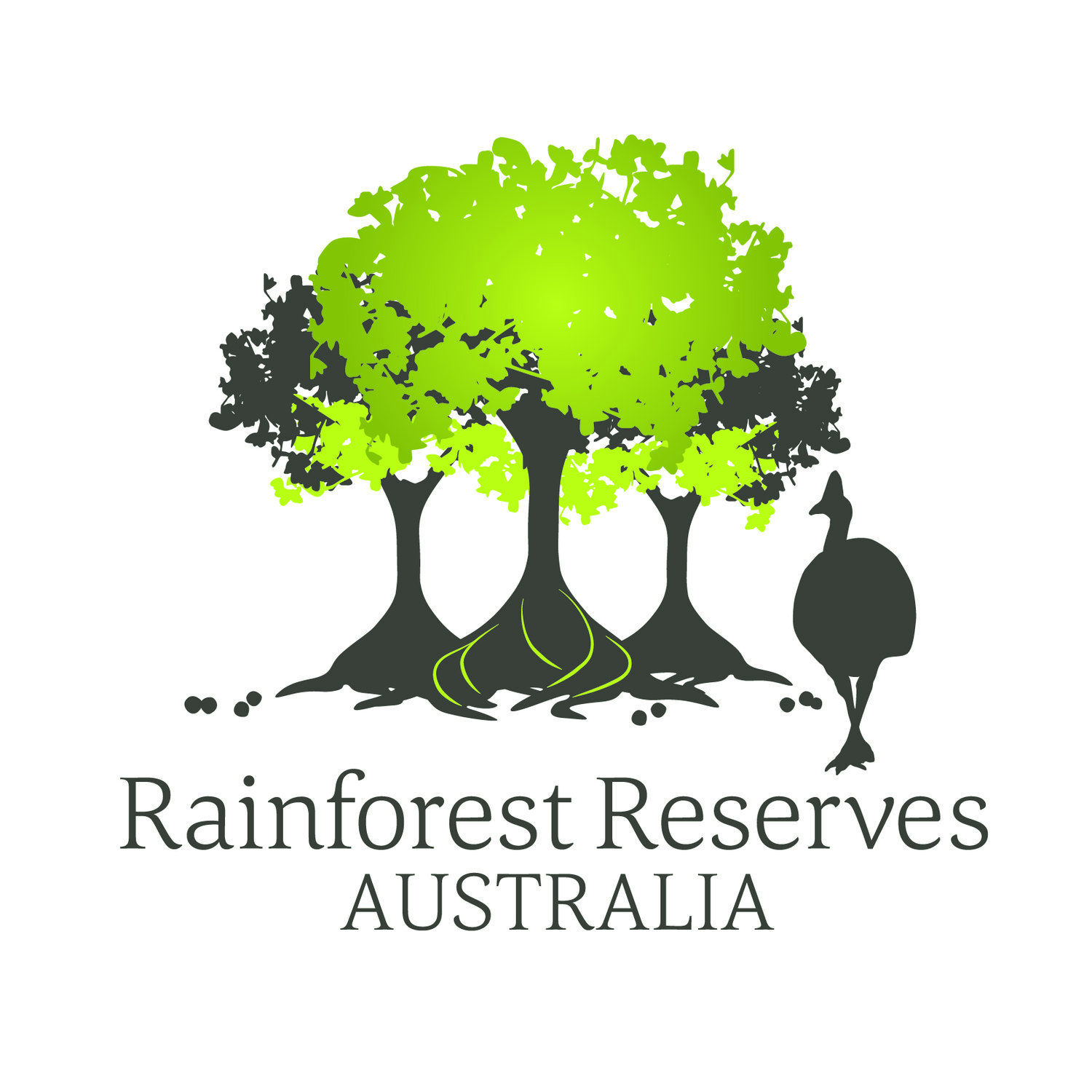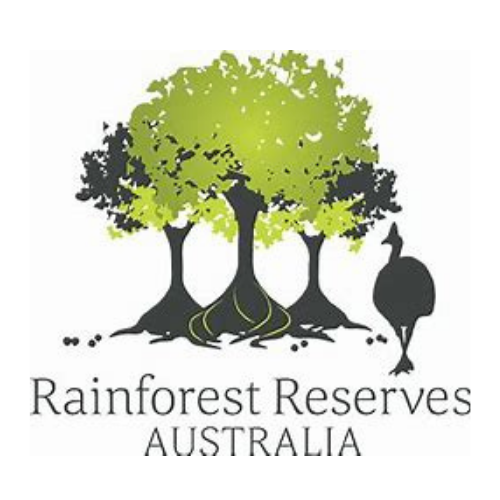Have your say.
Stay up to date here and comment on EPBC-related renewable projects, policies and plans.
Queensland
New South Wales
Tasmania
Western Australia
Victoria
South Australia
Updates
23.01.25 - Callide wind farm approved
Read approval conditions here: https://epbcpublicportal.environment.gov.au/all-notices/project-decision/?id=9b1ee739-89f8-ee11-a1fe-00224897164a
9.01.25 - Prairie wind farm North Qld approved
Read approval conditions here: https://epbcpublicportal.environment.gov.au/all-notices/project-decision/?id=10426827-a176-ed11-81ac-002248156aec
20.12.24 - Lotus Creek wind farm Central Qld construction has commenced
Write to Minister Plibersek to request a halt to the development here.
11.12.24 - Successful renewables projects securing Federal funding announced
Renewables projects that have been successful in first round of Federal tenders introduced under the new Capacity Investment Scheme. These projects were announced by Minister Bowen on 11.12.24.
Read Federal statement here: https://minister.dcceew.gov.au/bowen/media-releases/fixing-australias-energy-system-now-new-cheap-clean-reliable-renewables


